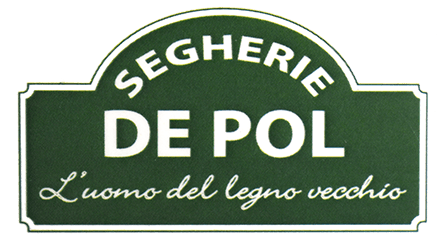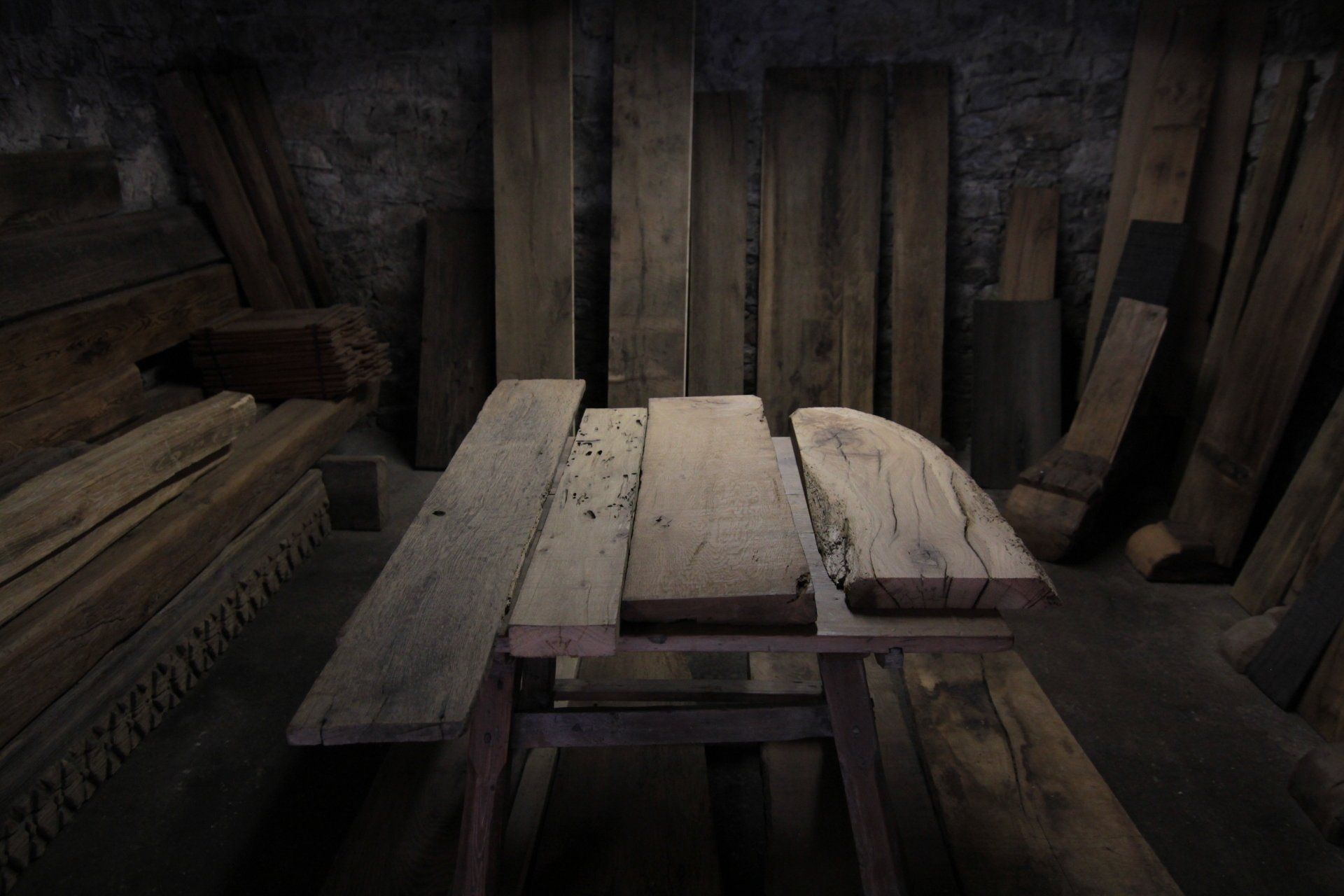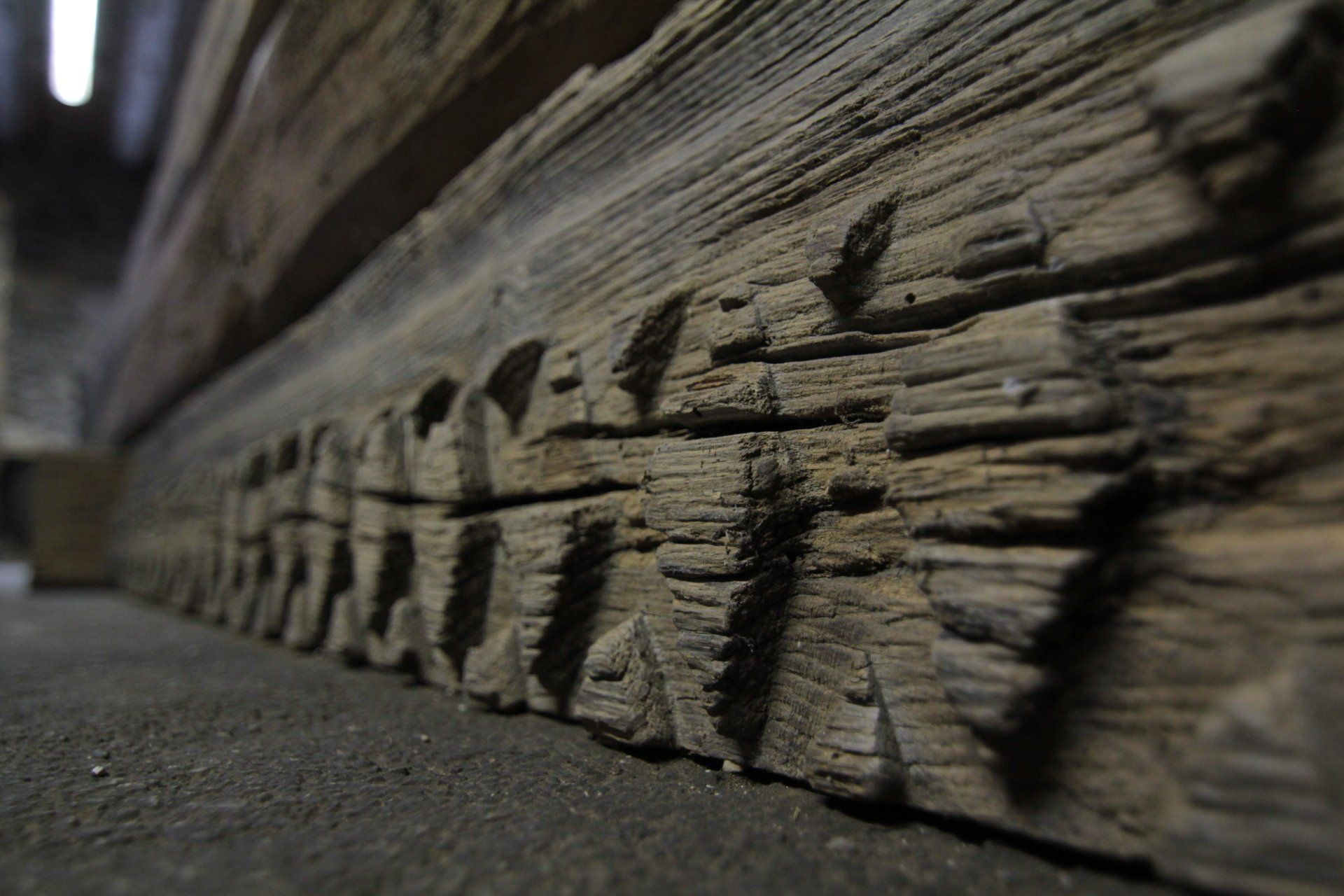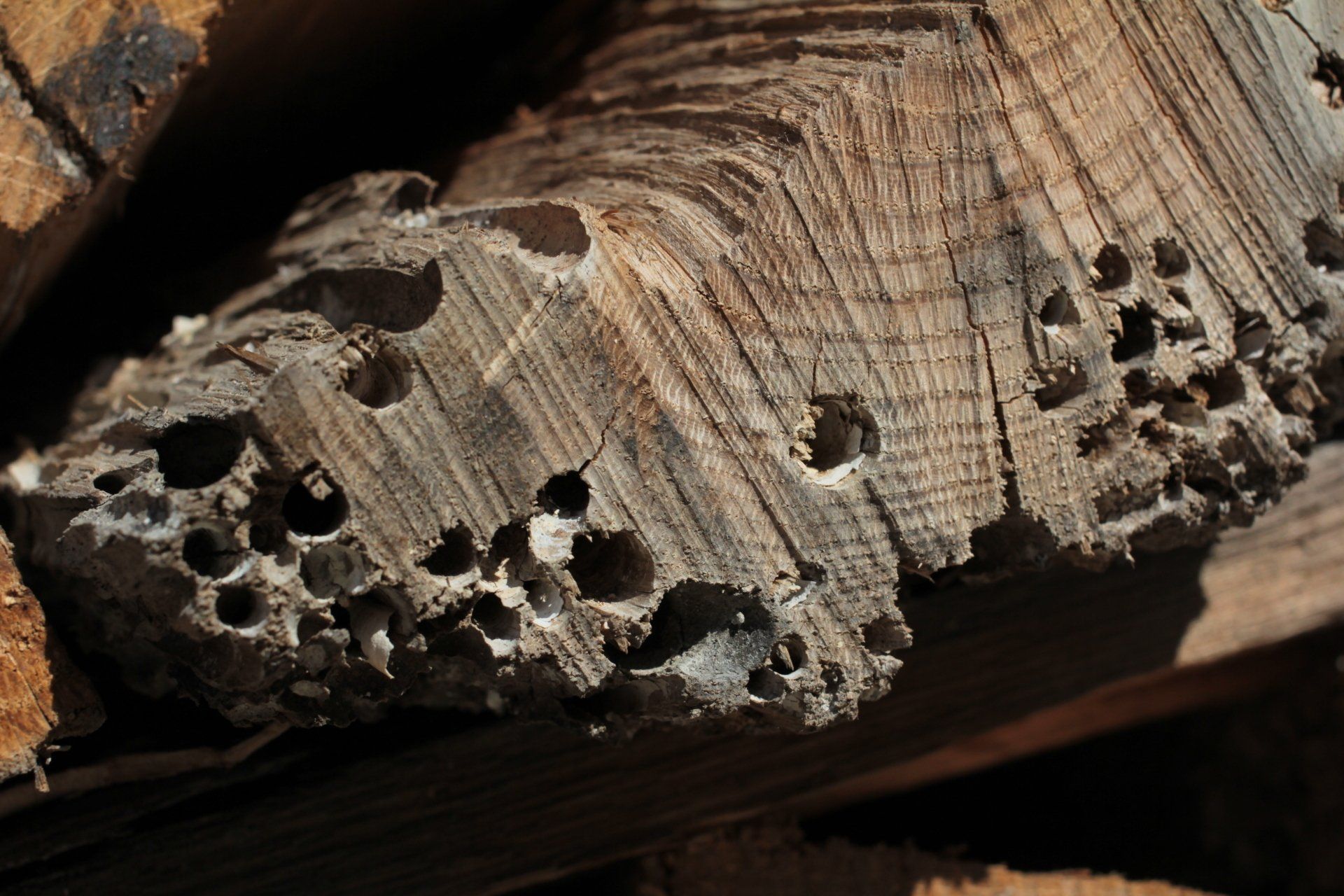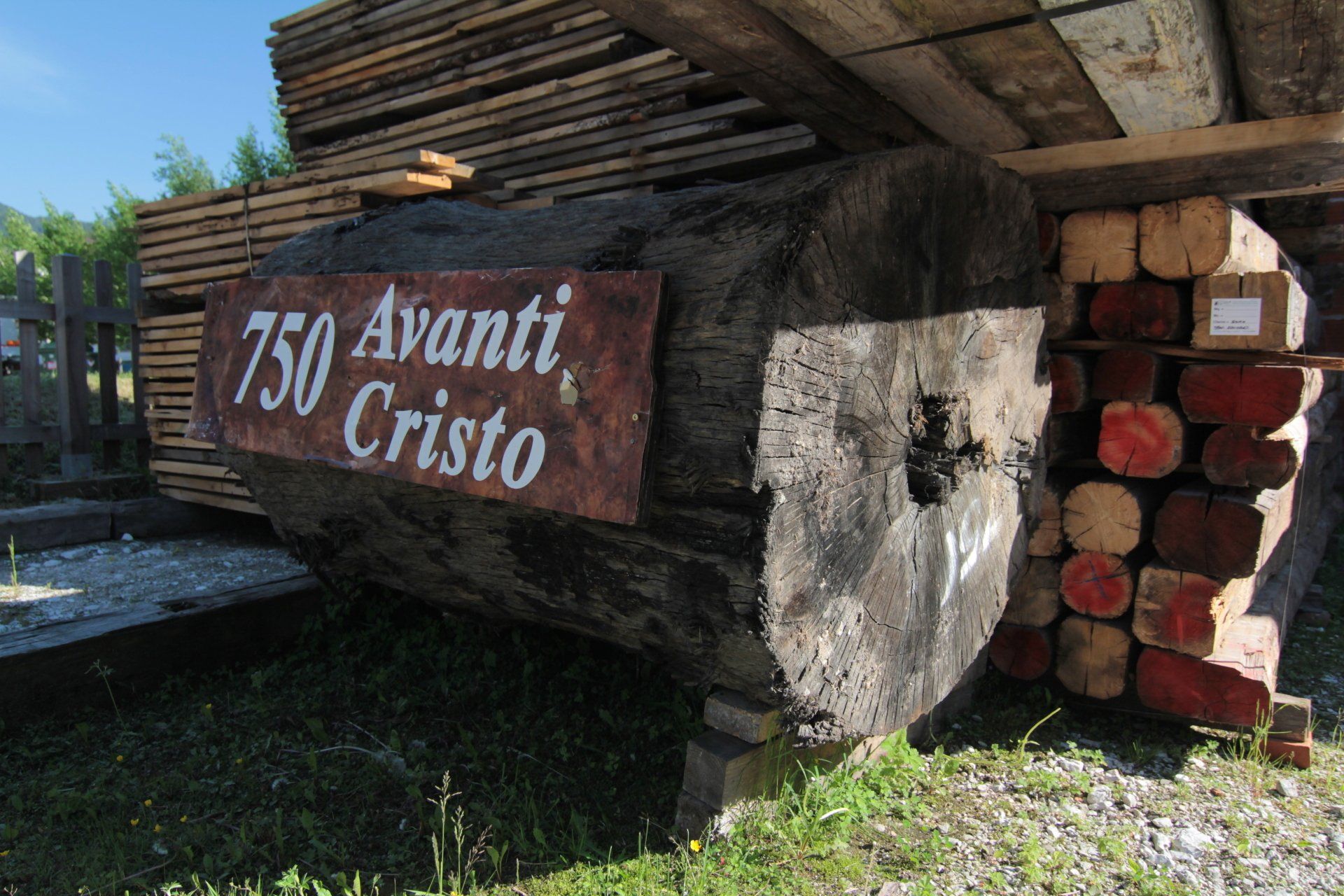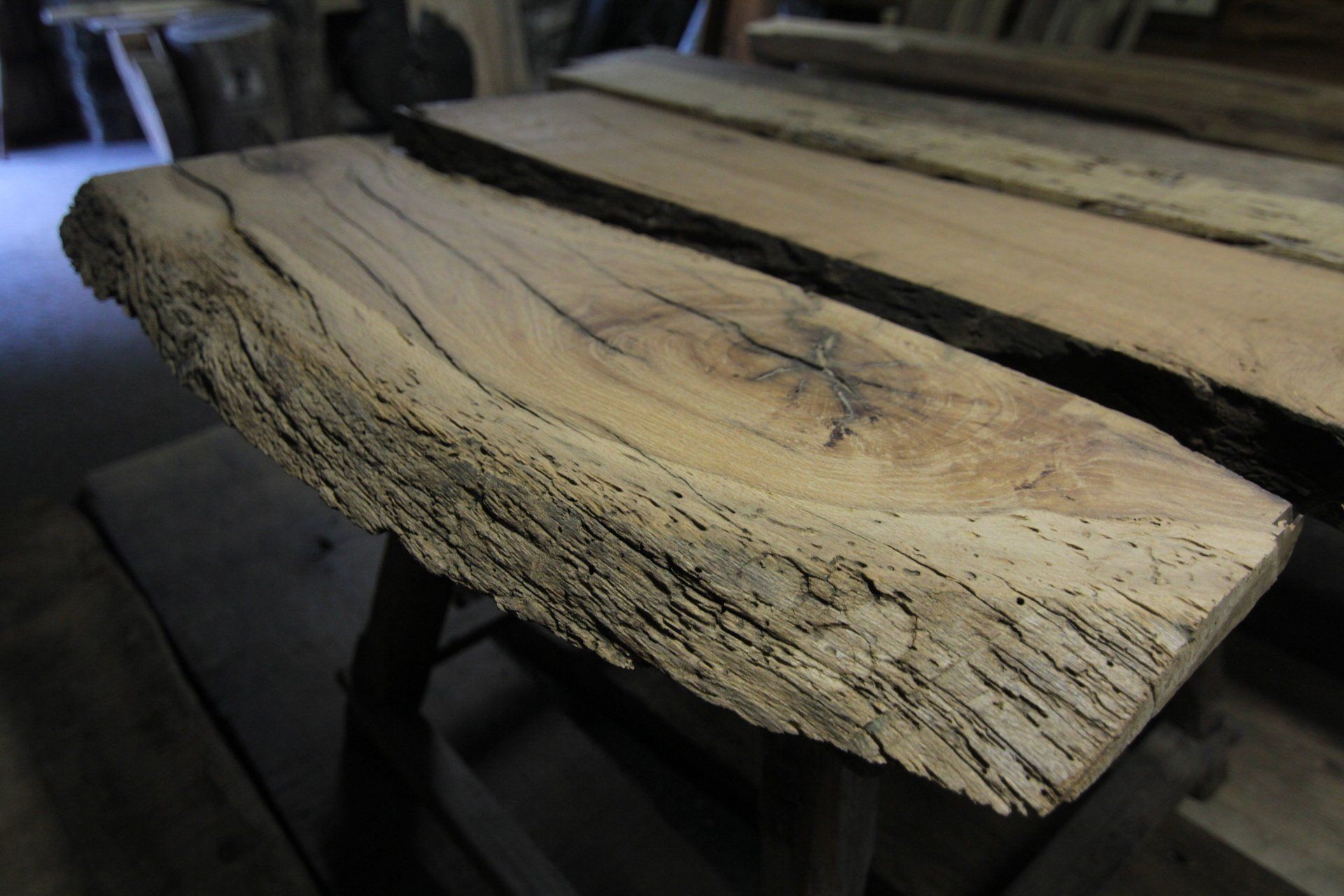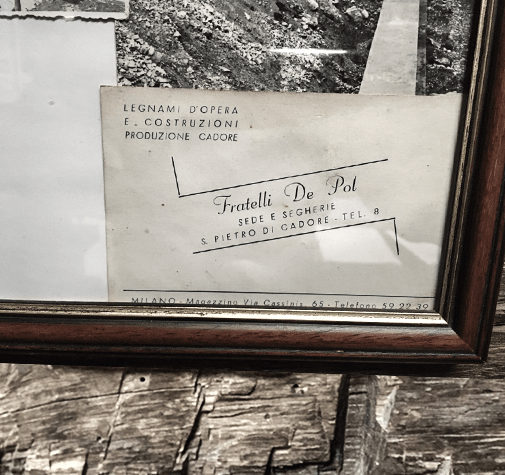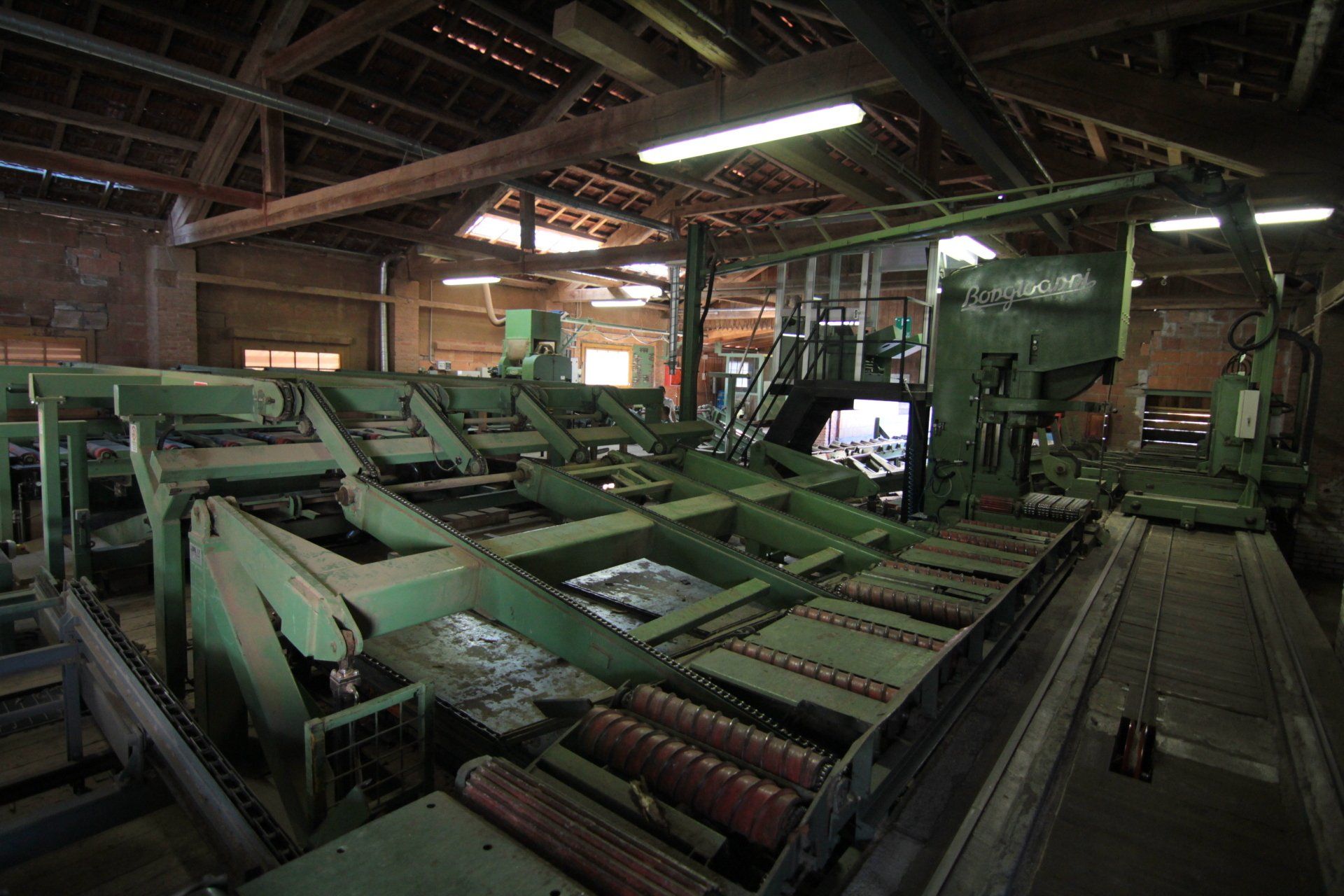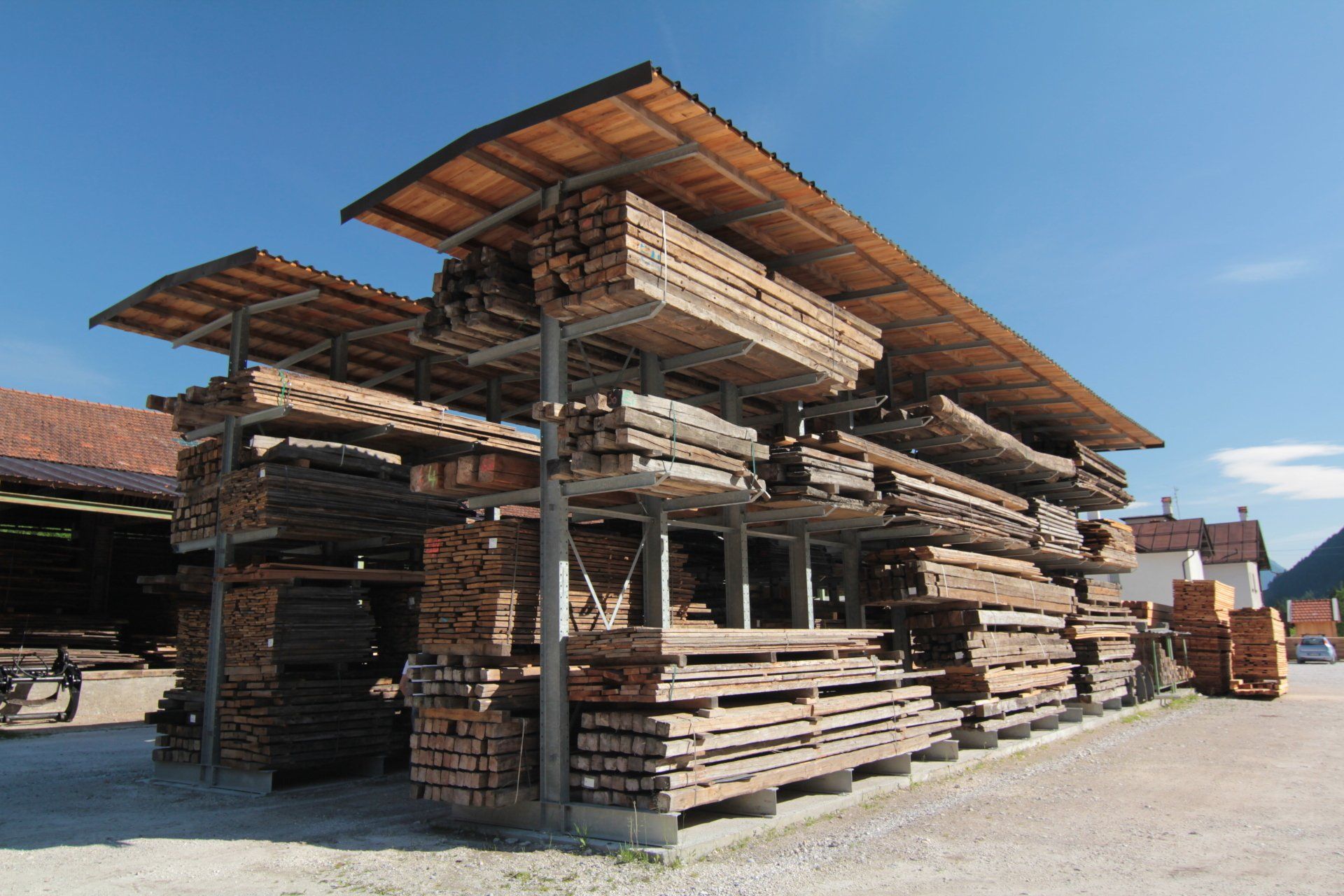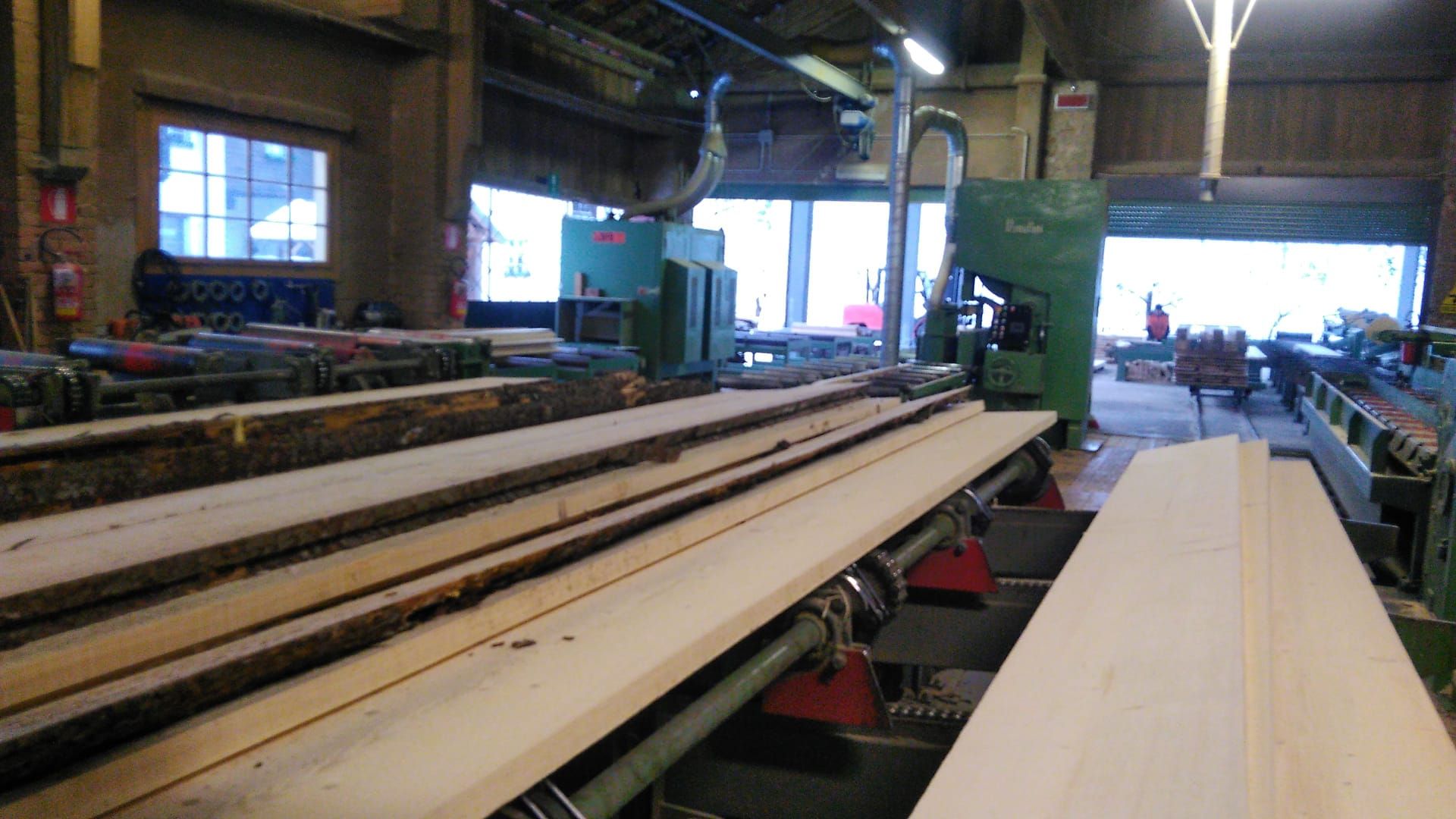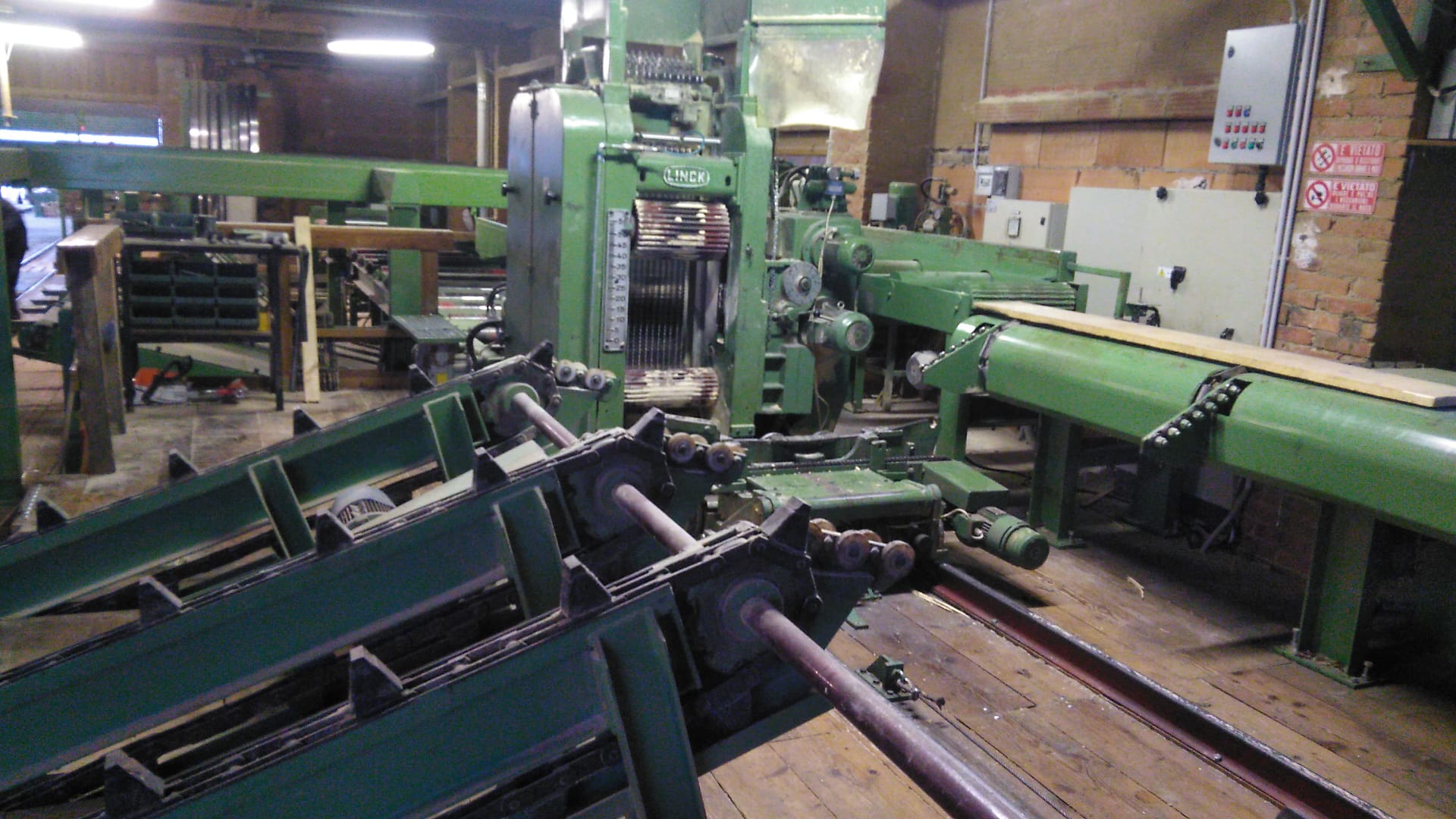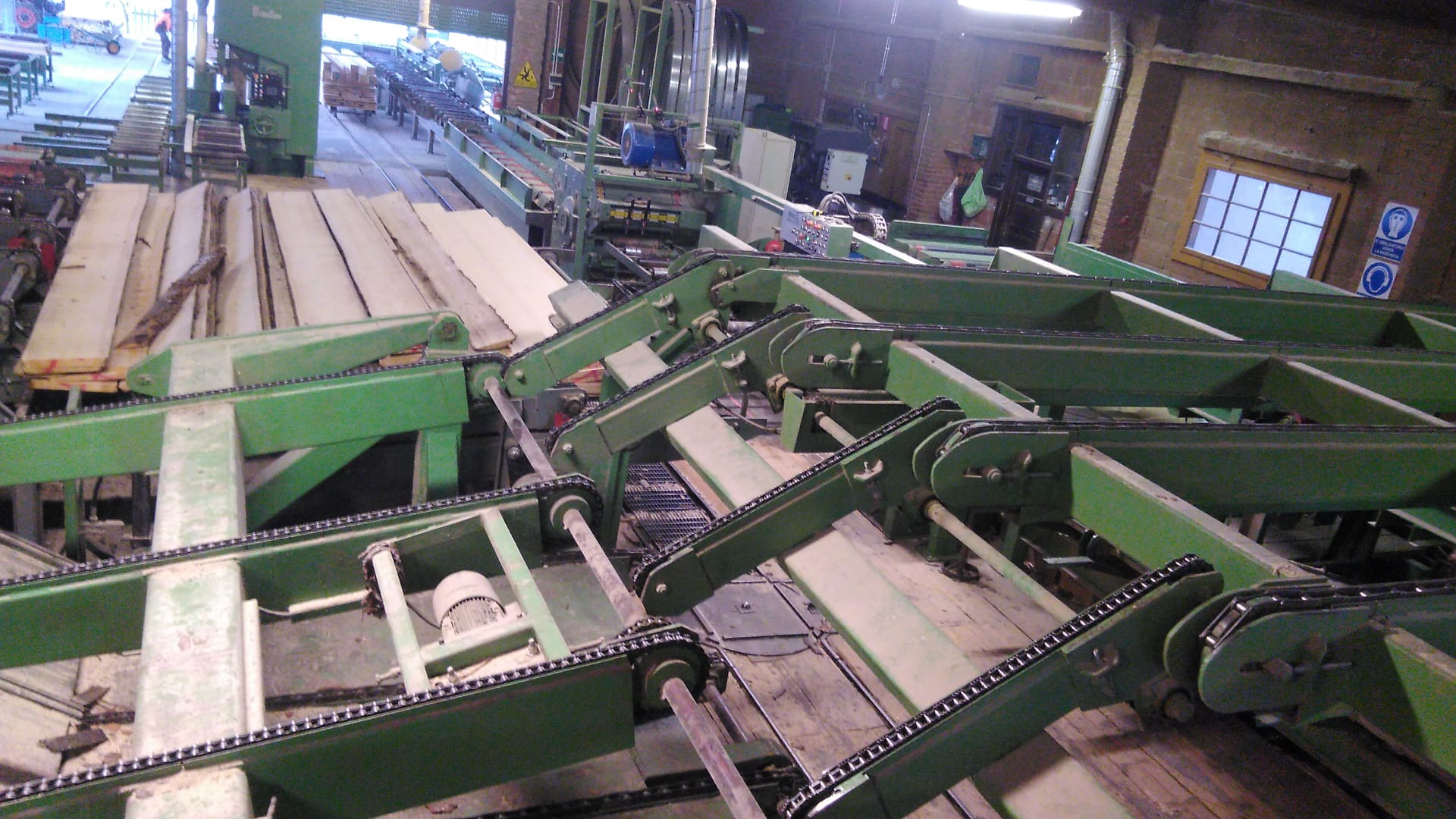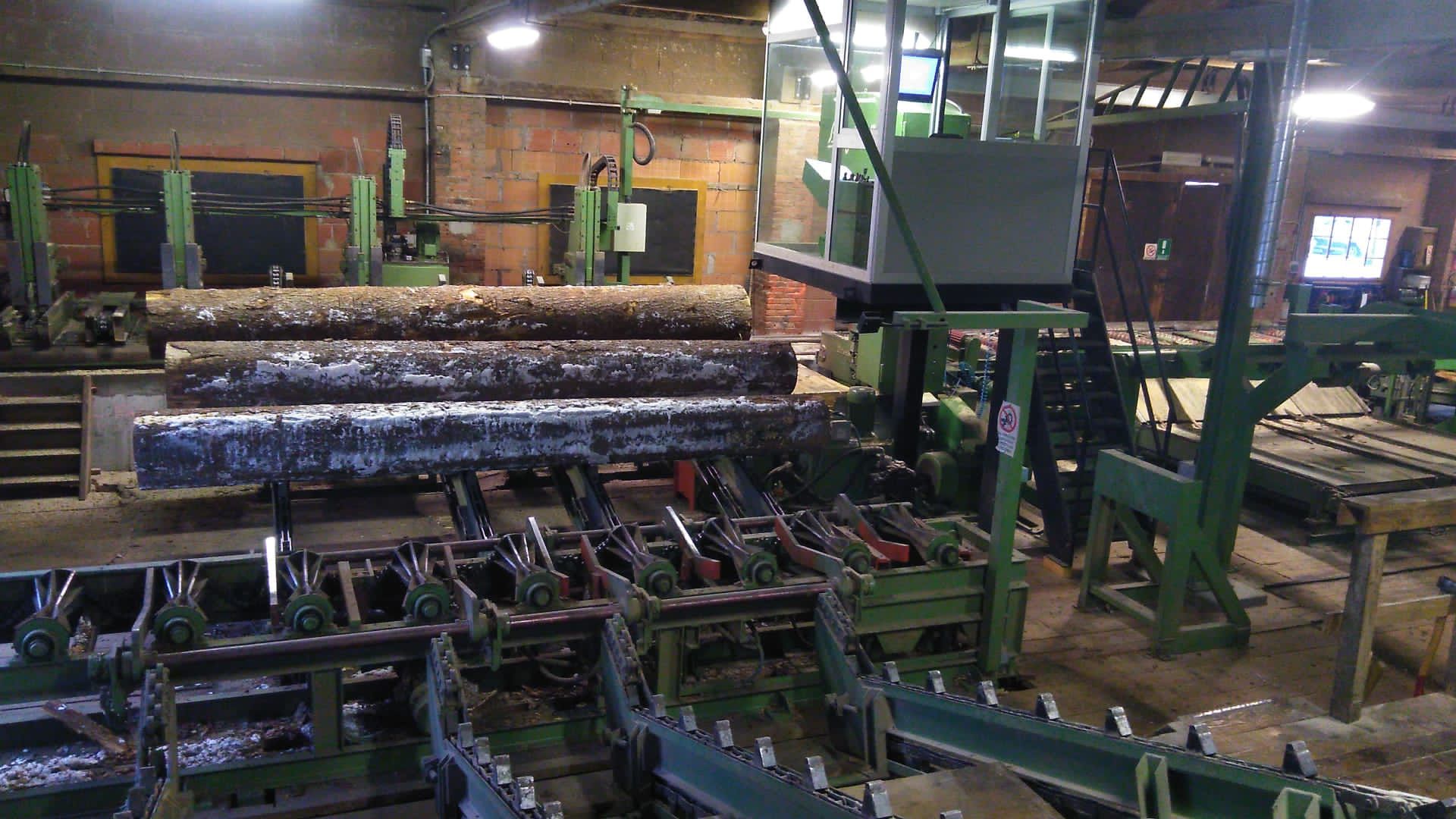Nel corso di questi decenni Roberto ha avuto la possibilità di lavorare sia per famiglie e personaggi famosi come Lucino Pavarotti, la famiglia Bormioli, le sorelle Fendi o la Diesel; sia per opere d'arti senza tempo come la meravigliosa Basilica di Santa Maria Assunta, all'isola di Torcello a Venezia.
Una lavorazione unica al modo sono sicuramente le "bricole veneziane", ovvero i pali nell'acqua della Serenissima. Le bricole costituiscono dal 10 al 40 per cento del legname lavorato, vengono trasformate in tavole spesse sette centimetri per farne pavimenti nobili. Questi pavimenti in legno di bricola finiscono tra Napoli e Roma, apprezzati proprio in quanto provenienti dalla laguna veneta. Questo particolare legno ha bisogno di un trattamento particolare proprio perchè al suo interno vi possono essere chiodi, sale, e molto umidità, per cui vanno stagionate ed essiccate con procedimenti diversi rispetto a quelli richiesti da altri legni.
La sua grande conoscenza e passione è conosciuta anche oltre confine, infatti ogni anno studenti dell'Università professionale di Berna che diventeranno un giorno ingegneri del legno, architetti e ingegneri civili vengono alla segheria De Pol per conoscere e capire l'importanza e i segreti per riconvertire il legno e riutilizzarlo, garantendo qualità e durabilità nel tempo.
During these decades, Roberto has had the opportunity to work for both families and famous people such as Lucino Pavarotti, the Bormioli family, the Fendi sisters or Diesel; and for timeless works of art such as the wonderful Basilica of Santa Maria Assunta, on the island of Torcello in Venice. A unique process in the world are certainly the "Venetian bricole", or the poles in the water of the Serenissima. The bricole make up 10 to 40 percent of the processed timber, they are transformed into seven centimeter thick boards to make noble floors. These bricola wood floors end up between Naples and Rome, appreciated precisely because they come from the Venetian lagoon. This particular wood needs a special treatment because inside it there can be nails, salt, and a lot of humidity, so they must be seasoned and dried with different procedures than those required by other woods. His great knowledge and passion is also known across the border, in fact every year students of the Professional University of Bern who, one day, will become wood engineers, architects and civil engineers come to the De Pol sawmill to know and understand the importance and secrets to reconvert wood and reuse it, guaranteeing quality and durability over time.
Während dieser Jahrzehnte hatte Roberto die Gelegenheit, sowohl für Familien als auch für berühmte Personen wie Lucino Pavarotti, die Familie Bormioli, die Fendi-Schwestern oder Diesel zu arbeiten. und für zeitlose Kunstwerke wie die wunderbare Basilika Santa Maria Assunta auf der Insel Torcello in Venedig.
Ein weltweit einzigartiger Prozess sind sicherlich die "venezianische Bricole" oder die Pole im Wasser der Serenissima. Die Bricole machen 10 bis 40 Prozent des verarbeiteten Holzes aus. Sie werden in sieben Zentimeter dicke Bretter umgewandelt, um edle Böden herzustellen. Diese Bricola-Holzböden liegen zwischen Neapel und Rom und werden gerade deshalb geschätzt, weil sie aus der Lagune von Venedig stammen. Dieses spezielle Holz muss speziell behandelt werden, da es Nägel, Salz und viel Feuchtigkeit enthalten kann. Daher müssen sie mit anderen Verfahren gewürzt und getrocknet werden als bei anderen Hölzern.
Sein großes Wissen und seine Leidenschaft sind auch über die Grenze hinweg bekannt. Tatsächlich kommen jedes Jahr Studenten der Berufsuniversität Bern, die eines Tages Holzingenieure, Architekten und Bauingenieure werden, zum Sägewerk De Pol, um die Bedeutung und die Geheimnisse der Umstellung zu kennen und zu verstehen Holz und wiederverwenden, um Qualität und Haltbarkeit im Laufe der Zeit zu garantieren.
